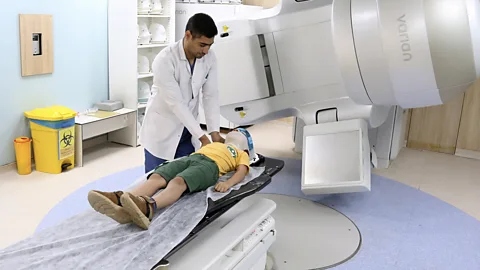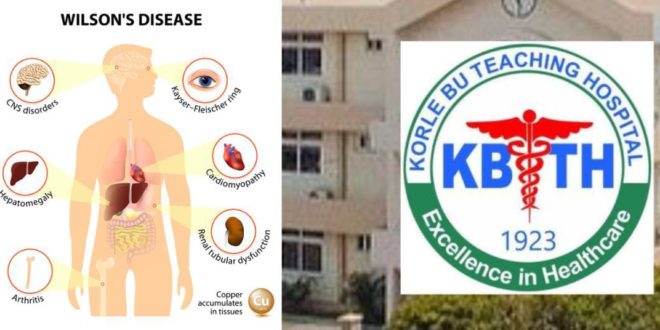Flash Radiotherapy: Transforming Cancer Treatment with
Ultra-Fast Precision
A revolutionary cancer treatment, "Flash
radiotherapy," promises to outpace conventional methods by delivering
ultra-high-dose radiation in under a second. This groundbreaking innovation
offers hope for tackling complex cancers with fewer side effects and faster
recovery times.
The Science Behind Flash Radiotherapy
Flash radiotherapy emerged from experiments at CERN, the
European Laboratory for Particle Physics in Geneva, Switzerland, renowned for
its particle acceleration expertise. Initially developed to explore fundamental
physics, CERN’s technology is now repurposed to revolutionize cancer treatment.
The Flash method involves delivering radiation at ultra-high
doses in a single burst. First demonstrated in 2012 by radiobiologist
Marie-Catherine Vozenin and her team, experiments on rodents revealed the
potential to destroy tumors while sparing healthy tissues. This approach
counters the limitations of traditional radiotherapy, which involves multiple
sessions over weeks and often risks damaging healthy cells.
Advantages Over Conventional Radiotherapy
Traditional radiotherapy, a staple in cancer care, is used
by two-thirds of patients during treatment. However, its precision is limited,
particularly for tumors near sensitive organs. Pediatric brain tumors, for
instance, can be cured with standard radiotherapy but at the cost of cognitive
and emotional challenges due to damage to developing brain tissues.
Flash's ultra-fast delivery minimizes collateral damage to
healthy cells, allowing higher radiation doses that could significantly improve
outcomes for hard-to-treat cancers, such as metastatic lung or brain tumors.
Early trials suggest that Flash reduces typical side effects like swallowing
difficulties and saliva loss, paving the way for improved patient well-being.
Pioneering Trials and Global Reach
Clinical trials for Flash radiotherapy are expanding
globally. Facilities like Cincinnati Children’s Hospital and Lausanne
University Hospital are testing Flash on conditions ranging from skin cancer to
metastatic diseases. While protons are the preferred particles for current
human trials, researchers are exploring other subatomic particles like carbon
ions for deeper tumors. However, these require large, expensive accelerators available
only in select centers.
CERN and other institutions are developing compact,
cost-effective accelerators to broaden access. X-ray Flash machines, for
example, may replace traditional radiotherapy devices in the future, enabling
hospitals worldwide to adopt this technology. This could make Flash
radiotherapy accessible to patients even in resource-limited settings, addressing
the “radiotherapy gap.”
Tackling the Radiotherapy Gap
In low- and middle-income countries, only a fraction of
cancer patients have access to radiotherapy. Sub-Saharan Africa, for example,
has just 195 radiotherapy machines compared to over 4,000 in North America.
Flash could revolutionize care by reducing treatment sessions from weeks to
days, minimizing travel and costs for patients while increasing treatment
capacity.
Project Stella, an initiative by the International Cancer
Expert Corps, aims to develop robust accelerators tailored to challenging
environments. These next-generation machines will feature predictive
maintenance technology, ensuring reliability even in remote areas.
The Road Ahead
Flash radiotherapy represents a transformative leap in
cancer care. While early results are promising, further research is essential
to confirm its superiority over traditional methods. If successful, this
technology could improve survival rates, reduce treatment costs, and enhance
patients’ quality of life globally.
The prospect of ultra-fast, highly effective cancer
treatment is closer than ever, offering hope for a future where cancer care is
accessible, efficient, and less taxing on patients.










.jpg)